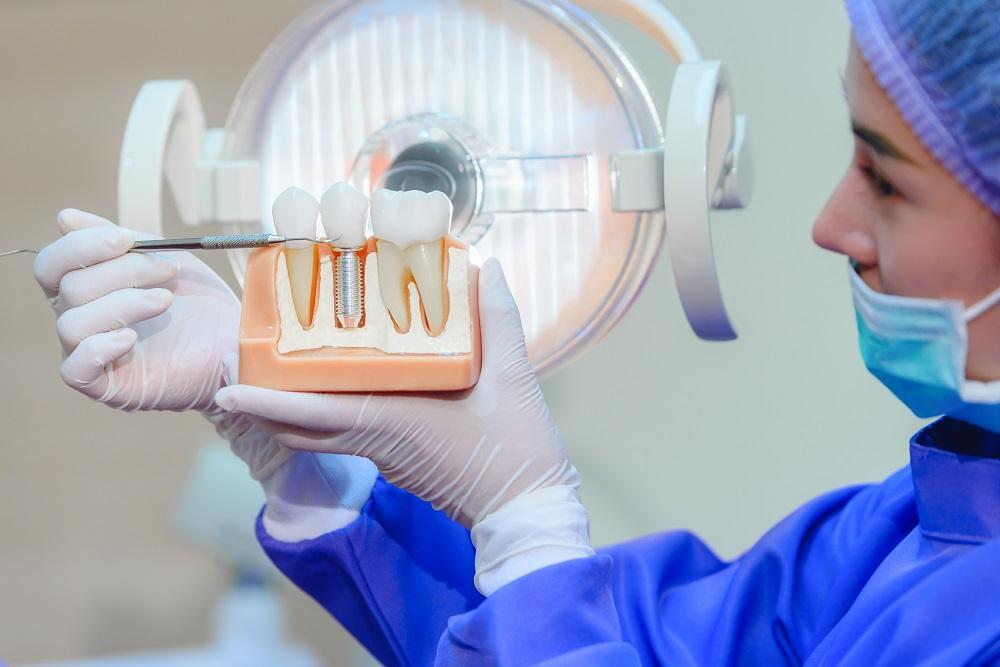Sometimes, certain teeth can become more of a liability than an asset, making tooth extraction a good idea. Often, this involves those latecomers to your mouth — your wisdom teeth.
If you’ve decided it’s no longer wise to hold onto these teeth and you’re undergoing a simple tooth extraction procedure with us, you want to ensure that everything goes smoothly afterward.
Complications after a wisdom tooth extraction are uncommon, but they do exist, namely, a condition called dry socket. To help you recognize the signs of dry sockets, the team here at McLean Aura Dentistry, led by Dr. Negar Tehrani, outlines a few red flags below.
Dry socket explained
When we extract a wisdom tooth, we remove the entire tooth, including the roots that go down (or up) into your jawbone. This means we leave behind a hole in your jawbone, which your body will quickly plug with a blood clot.
If this clot doesn’t form or forms but then gets dislodged, this leads to a condition called dry socket, which is medically known as alveolar osteitis.
As we mentioned, a dry socket after a tooth extraction isn’t common — it occurs in only about 2% to 5% of extractions. That said, the condition is more likely to develop when we extract a molar, such as a wisdom tooth, versus teeth toward the front of your mouth.
Symptoms of dry socket
If a blood clot doesn’t form or an existing one becomes dislodged from the socket, it exposes sensitive nerves in your jawbone, making pain and discomfort the first symptoms that get your attention.
Some discomfort after a tooth extraction is normal, but not throbbing pain that worsens during the first three days after your wisdom tooth extraction. This type of pain likely points to a dry socket.
Beyond pain, you may also develop bad breath and a foul taste in your mouth.
Treating dry socket
If you suspect you have a dry socket, we urge you to come see us so we can take a look. In most cases, we can perform a simple visual exam to determine whether you’re missing a clot in the socket. If we confirm a dry socket, we supply you with complete care instructions, including steps to relieve the pain.
Preventing dry socket
If you want to keep your wisdom tooth extraction discomfort to a minimum, you should follow some rules of thumb to prevent dry sockets. First, please follow our aftercare instructions in the letter.
Second, avoid anything that creates suction inside your mouth, such as dragging on a cigarette or drinking through a straw.
Lastly, avoid warm or hot beverages or soups after your wisdom tooth extraction for a few days, and stick to lukewarm or cool liquids instead.
If you have more questions about preventing, recognizing, or treating dry socket, we invite you to contact our office in McLean, Virginia, at 703-429-0770.




